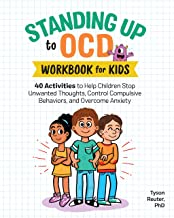Obsessive-Compulsive Disorder
Excessive thoughts (obsessions) that lead to repetitive behaviors (compulsions).
Obsessive-compulsive disorder is characterized by unreasonable thoughts and fears (obsessions) that lead to compulsive behaviors.
OCD often centers on themes such as a fear of germs or the need to arrange objects in a specific manner. Symptoms usually begin gradually and vary throughout life.
Treatment includes talk therapy, medications, or both.
Cluster Number:
Wiki Number: PW138
Diagnosis: Obsessive-Compulsive Disorder
US Patients: 1.2% at a given time
World Patients:
Sex Ratio:
Age Onset: before age 35
Brain Area: smaller dorsolateral prefrontal cortex is only one part of the brain apparently involved. Nucleus accumbens stimulation has helped.
Symptoms: out-of-control routines with repeated thoughts-obessions; repeated actions-compulsions; sex, organization, cleaning, hoarding
Progression:
Causes: genetic affected by several different genes; depression, drug use, anxiety
Medications: antidepressants, SSRIs,
Therapies: CBT may help, but there are insufficient studies proving its worth.
Youtube Video: Obsessive Compulsive Disorder
Amazon or Library Book: Standing Up to OCD: Workbook for Kids
Amazon or Library Book:
Rewire Your OCD Brain
Click the book to link or order from Amazon.
Click the book to link or order from Amazon.


